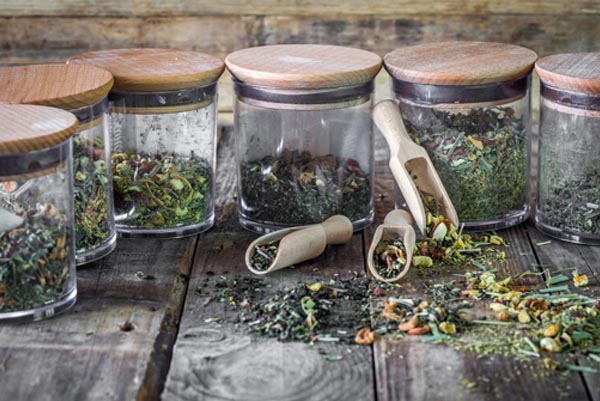Blogs
Drying herbs at home is a simple and cost-effective way to enhance your culinary experience. Choose from various methods such as air drying, oven drying, or using a food dehydrator. Bundle fresh herbs and hang them in a dark, well-ventilated area for air drying. Alternatively, lay them on a tray for oven drying at low temperatures. A food dehydrator offers a quicker option with precise temperature control. Whichever method you choose, ensure the herbs are dehydrated before storing them in airtight containers. Enjoy the convenience and satisfaction of having your own aromatic, home-dried herbs for flavorful dishes year-round.
Also Read This : Right Direction to Keep Tulsi Plant in Your Home








